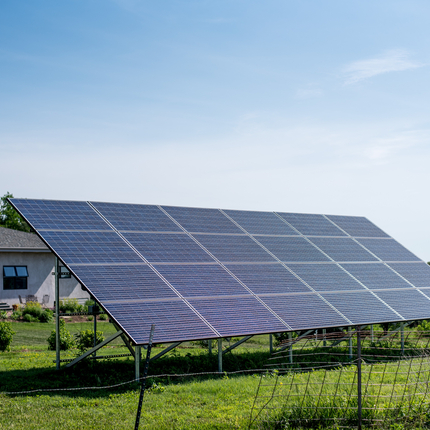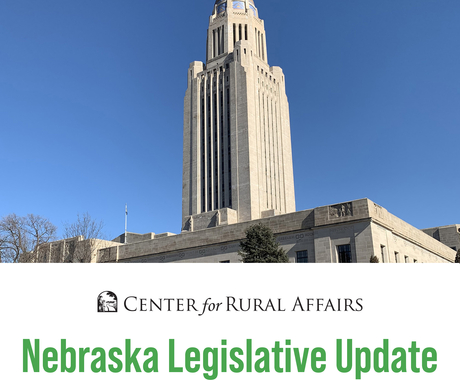By Katie Rock, former staff member
Clean energy from wind and solar continues to grow our economy nationwide, mainly due to decreasing costs making renewables more competitive than non-renewables.
However, another force is at play. Property Assessed Clean Energy (PACE) lending provides financing for property owners to make efficiency and clean energy upgrades. Financing is administered through energy districts, typically at the county or municipal level, and is added to their property tax bills during the useful life of the installation upgrades.
For example, a homeowner installs energy efficient windows and a geothermal energy system. Rather than borrow a 10-year loan to pay for it, the homeowner works with their local energy district (typically a county or municipal utility) for a 20-year PACE loan. The homeowner and energy district officials work through the approval process, agree on repayment rates, and comply with consumer safeguards to install the upgrades. The PACE loan is added to the homeowner’s property tax bill, and is transferable, which means if the property is sold before the loan is paid, the next owners will continue the repayment plan. In most cases, the energy savings are greater than the increase in the property tax bill. The property owner comes out ahead, and so does the lender.
PACE lending is enacted at the county or state level, and is split between programs for residential and commercial/industrial properties. Currently, residential PACE lending is only available statewide in California, Missouri, and Florida, and is somewhat controversial. PACE lending for commercial or industrial properties is up and running in 20 states. To view a map, click here. Enabling legislation has been passed in many more states, and work needs to be done at the local level to help municipalities take advantage.
Where PACE lending is smartly implemented, it works and works well. Each state can adapt PACE lending legislation in their own way. For example, Nebraska, a public power state, introduced PACE legislation with municipal utilities in mind. Energy districts were aligned with municipalities. However, rural residents living outside municipal boundaries were excluded from these energy districts and PACE lending. The rule was amended the following year.
The U.S. Department of Energy has published best practice guidelines for PACE programs. Key guidelines include defining eligible improvements and criteria, and establishing consumer and lender protections. PACE lending has grown with bipartisan support and can drive economic growth and energy independence. Which states will be next?




